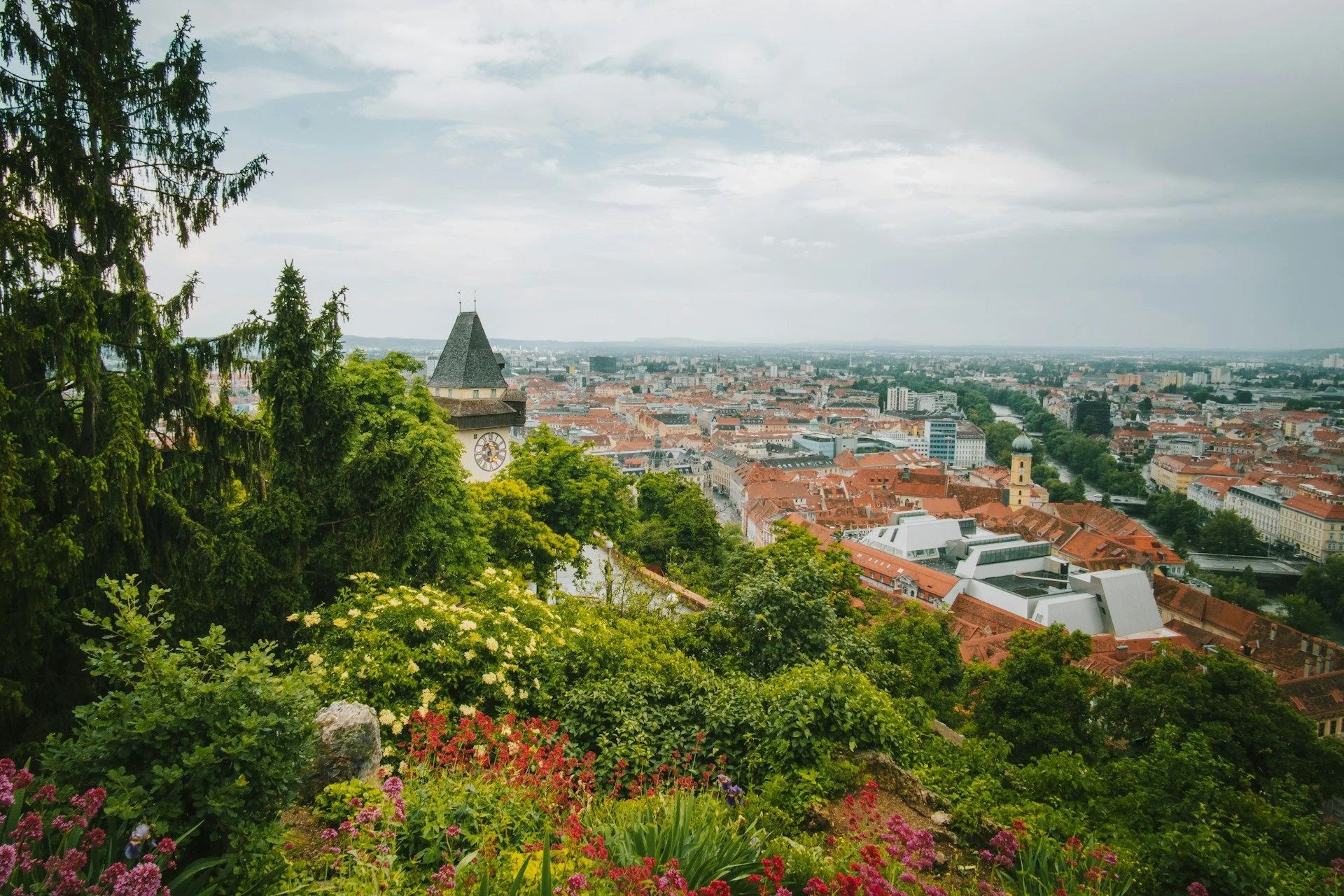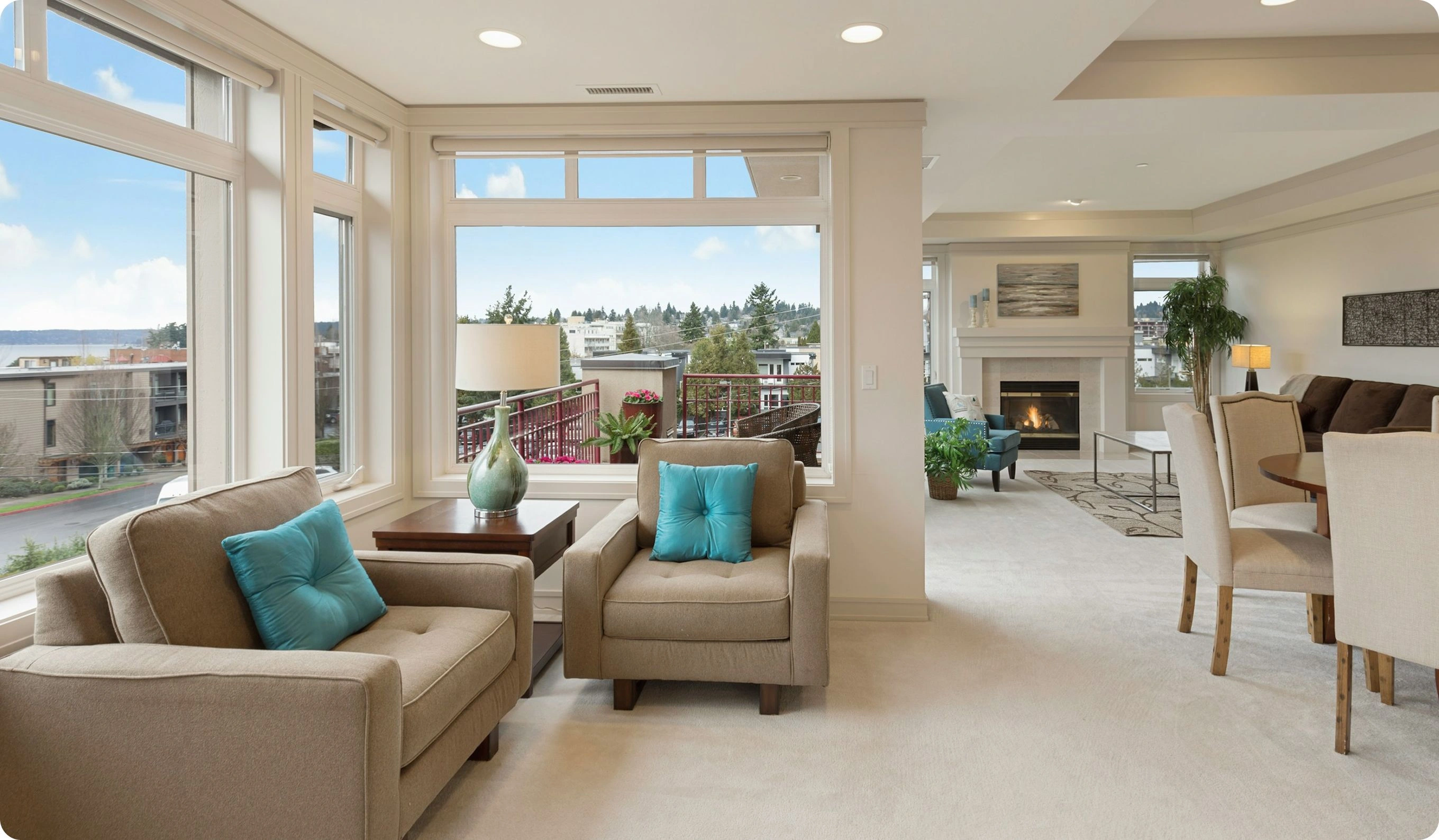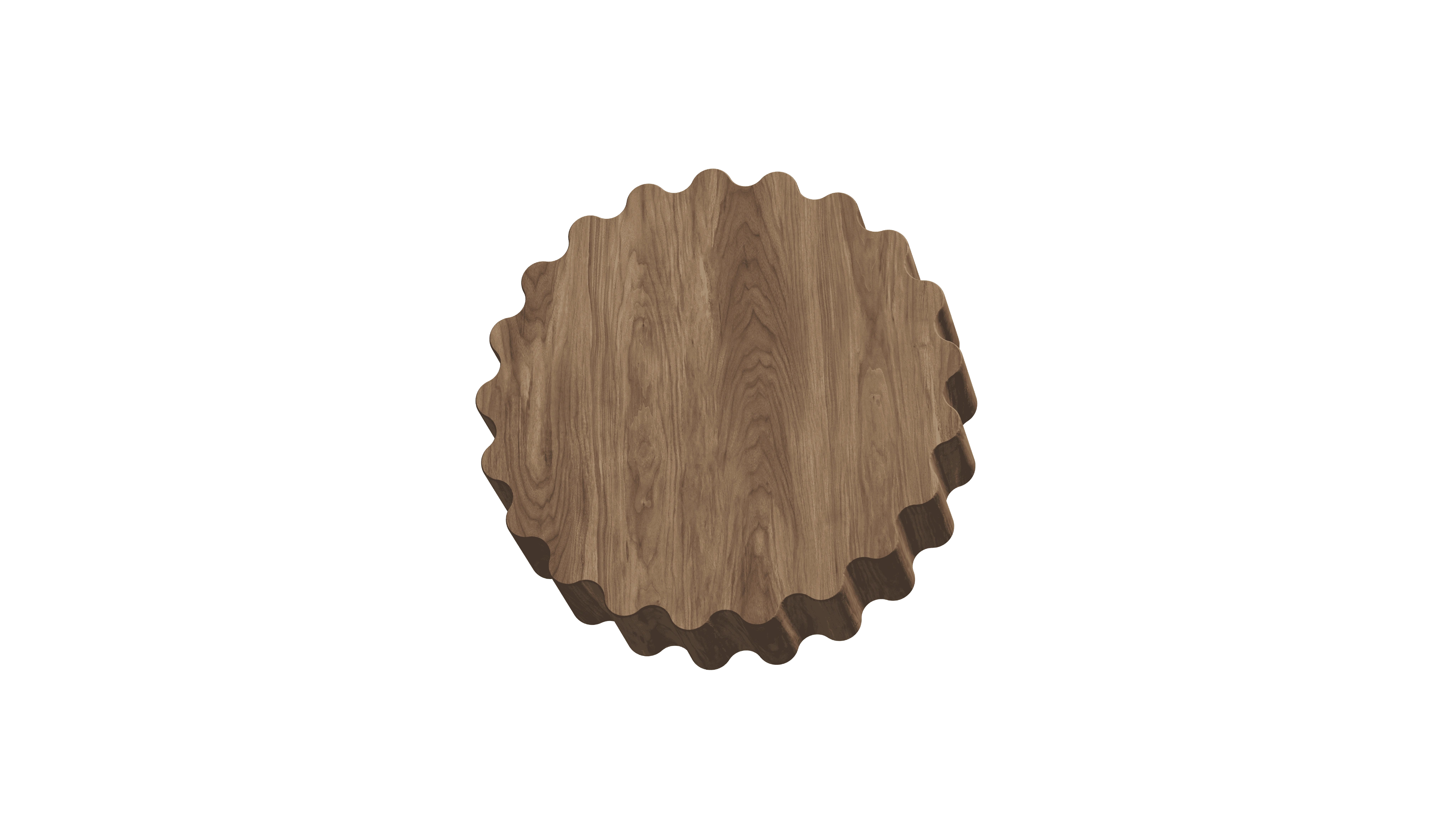Used Property Listings in Graz – Direct from OwnerCity with universities, new buildsand stable rentals

Best offers
in Graz
Benefits of investment in
Austria real estate
Prestige and performance in the heart of Europe
Vienna is ranked top globally for livability and provides a historically resilient real estate market.
Tourism and culture sustain rental demand
Austria’s classical cities attract long-term residents, tourists, and students year-round.
Clear ownership laws for EU and approved countries
Austria allows real ownership rights for most international buyers, particularly from EU nations.
Prestige and performance in the heart of Europe
Vienna is ranked top globally for livability and provides a historically resilient real estate market.
Tourism and culture sustain rental demand
Austria’s classical cities attract long-term residents, tourists, and students year-round.
Clear ownership laws for EU and approved countries
Austria allows real ownership rights for most international buyers, particularly from EU nations.

Useful articles
and recommendations from experts
Secondary Real Estate in Graz: Historic Hub Blending Tradition and Innovation
Graz, Austria’s second-largest city and capital of the Styria region, offers a dynamic secondary real estate in Graz market that harmonizes centuries of architectural heritage with a forward-thinking economy. Prospective buyers exploring resale properties here encounter a rich array of options: well-preserved medieval townhouses in the UNESCO-listed Altstadt, Gründerzeit apartments in Geidorf and Gries, functional post-war blocks in Liebenau, and contemporary loft conversions in repurposed factory buildings around the Mur River. A growing population of students at the University of Graz and the Technical University, alongside professionals employed in advanced manufacturing, life sciences, and creative industries clustered in the Science City of Seiersberg and the innovation hub of Andritz, sustains consistent demand for secondary homes. Established public transport—tram lines 1 through 7, bus routes, and the Hauptbahnhof rail network—connects every district, ensuring that resale apartments and townhouses across the city enjoy exceptional accessibility. Buyers benefit from immediate occupancy, proven rental yields, and the ability to enhance existing residences through tailored renovations, making secondary real estate in Graz a compelling blend of stability, culture, and long-term growth potential.
Architectural Diversity and Renovation Pathways
The secondary real estate in Graz landscape is defined by its architectural variety, each typology presenting distinct renovation opportunities. In the Altstadt, buyers find Renaissance and Baroque façades, narrow courtyards, and vaulted ceilings that invite heritage-sensitive restorations. Common upgrades include installing slim-profile, double-glazed windows in original timber frames; retrofitting concealed underfloor heating powered by the city’s district energy grid; and restoring decorative stucco and wrought-iron balcony balustrades under Denkmalpflege (heritage preservation) guidelines. Interior transformations often merge compact rooms into open-plan living areas that highlight exposed stone walls and original wooden beams, while custom joinery and ambient lighting accentuate historic details.
Beyond the city centre, the Gründerzeit neighbourhoods of Geidorf and Gries boast grand apartment buildings with high-ceilinged salons and original parquet floors. Here, value-add strategies include modernizing kitchens with German-engineered cabinetry, enlarging bathrooms with walk-in showers and spa-style fixtures, and upgrading electrical and plumbing infrastructure to international safety standards. Post-war residential quarters in Liebenau and Waltendorf, characterized by sturdy concrete blocks and large balconies, often undergo façade-insulation projects—applying insulated render systems to meet Austria’s stringent energy regulations—and balcony glazing to create year-round living spaces. In former industrial enclaves such as Eggenberg, warehouse lofts with steel-beam frameworks and floor-to-ceiling glazing are reimagined with minimalist finishes: polished concrete floors, glass partitions, and integrated smart-home systems. Municipal subsidies for energy-efficient retrofits and brownfield redevelopment grants further encourage buyers to invest in secondary real estate in Graz, enabling them to achieve premium yields while preserving the city’s industrial heritage.
Connectivity, Economic Drivers, and Lifestyle Appeal
Graz’s comprehensive transport infrastructure underpins its secondary housing demand. The Hauptbahnhof provides direct rail links to Vienna, Ljubljana, and Zagreb, while the tram network—Europe’s most extensive in relation to city size—serves every borough within 20 minutes of the centre. The A9 and A2 motorways connect Graz to the rest of Austria and neighboring countries, facilitating regional commuting for professionals and cross-border investors. Cycling is also deeply embedded in Graz’s urban fabric, with dedicated bike lanes linking residential areas to green spaces like the Stadtpark and the Schloßberg hill.
The city’s diversified economy drives stable demand for resale properties. Leading clusters in manufacturing (AVL, Magna Steyr), life sciences (BioNanoNet), and digital media (next practice) attract professionals who favor secondary real estate in Graz for its proximity to workplaces and quality of life. Academic institutions—University of Graz, Medical University, and FH Joanneum—draw nearly 60,000 students, sustaining robust rental occupancy in resale flats near campus districts such as Geidorf and Lend. Graz’s cultural offerings—Opera at the Dom, the annual La Strada street performance festival, and the Kunsthaus modern art museum—enhance the urban experience, making resale apartments in the Lendkai waterfront and the historic Sackstraße highly sought after. Culinary excellence, from Styrian wine taverns in the Heiligengeistviertel to artisan cafés in the Freiheitsplatz area, complements a vibrant community life that appeals to families, retirees, and international executives. Together, these connectivity, economic, and lifestyle drivers ensure that secondary real estate in Graz remains a resilient, multifaceted market with sustainable appreciation prospects.
VelesClub Int. provides end-to-end expertise for navigating secondary real estate in Graz. We start with bespoke market analyses—leveraging proprietary data and local networks to uncover both listed and off-market resale opportunities aligned with your goals. Our legal team conducts rigorous due diligence with the Steiermärkisches Landesarchiv and municipal planning authorities to verify clear title transfers and compliance with heritage and zoning regulations. For buyers seeking to maximize value, our in-house design and project management teams develop sympathetic renovation strategies—ranging from heritage façade restorations in the Altstadt to energy-efficient retrofits in Gründerzeit quarters—and oversee certified local craftsmen throughout each phase. Financing solutions are structured via partnerships with leading Austrian and international banks, offering tailored mortgage packages and green-loan options for sustainable upgrades. Post-acquisition, our property management division handles tenant sourcing, lease administration, maintenance coordination, and transparent performance reporting via a secure online portal—ensuring your Graz investment thrives both as a rewarding lifestyle choice and a durable, long-term asset.
